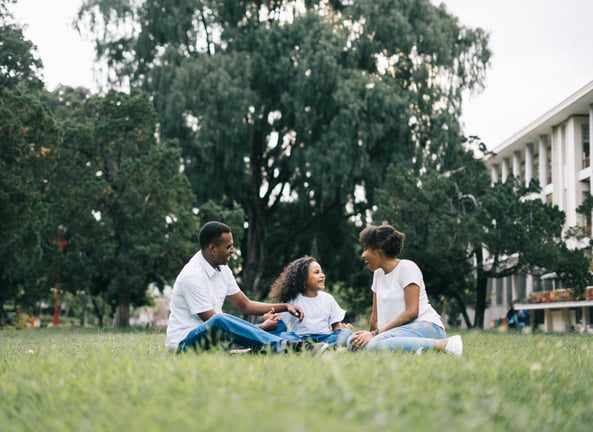Public parks are a wonderful way for people to connect with nature and to come together outdoors to celebrate within their communities, but unfortunately, not all members of the community are represented among its visitors.
According to several recent studies, up to 80% of public and national park visitors are white. This means that while people of color make up almost 40% of the US population, they only make up about 20% of park guests, with black visitors being drastically underrepresented, accounting for only 6% of visitors.
There are many factors that contribute to this lack of diversity, including the fact that there aren’t as many parks and green spaces in low-income areas as there are in higher-income areas. This is evident across the US, especially in inner-city neighborhoods and areas with public housing.
While this is a larger issue that needs addressing, it is worth noting that even when people of color do have access to local parks, they aren’t as likely to visit them as their white neighbors are. According to an article published by the National Health Foundation, “a combination of economic inequality, legalized segregation, and other forms of historical and present-day overt/covert racial violence has perpetuated a diversity gap in the outdoors.”

Not only are people of color not feeling welcome or represented at their local parks, but many typical outdoor hobbies like boating, camping, and hiking require the purchase of gear and equipment, which is an economic barrier to low-income individuals and families.
The National Health Foundation also points out that, “black people are drastically underrepresented in national parks or forests, but Black communities and people of color are heavily represented in mass media participating in activities like fishing, hosting communal park gatherings/BBQs, or soccer tournaments.” Without knowing the real statistics, you might not even be aware of this lack of real-life diversity.
Our parks are a major part of our identity as a country. They are meant to be public spaces, open to all members of the community, but it is important that the experience of visiting these public spaces feel accessible, inclusive, and welcoming to everyone.
The NRPA lists several benefits to embracing diversity, including strengthening the community, enriching educational experiences, and promoting healthy communication skills.
Fostering communities in which all members feel welcomed and included starts with training staff to understand the importance of diversity, equity, and inclusion. A recent report from the NRPA found that only 1 in 3 parks and rec agencies in the US currently have a formal DEI program, with 34% saying that they do not have plans to launch formal DEI initiatives in the immediate future.
Establishing activities and policies that promote DEI practices ensures that communities continue to move toward a more diverse future for parks & recreation, but it requires leaders to take accountability and actively pursue the creation of more inclusive community spaces.
.png?width=73&name=logo%20only%20(1).png)
Niche Academy allows you to deliver comprehensive training entirely online so that staff can access it at any time to fit their own schedule. You can assign tutorials from our marketplace of hundreds of tutorials, including topics such as diversity and equity, or you can create your own tutorials to fit the specific needs of your community.
Learn more about what we do for Parks & Rec.
